Audi Q4 e-tron vs BYD Seal U – Differences & prices compared
Both models have their strengths – but which one suits you more?
Compare performance, efficiency, price and space directly: Audi Q4 e-tron or BYD Seal U?
Costs and Efficiency:
Looking at overall running costs, both models reveal some interesting differences in everyday economy.
BYD Seal U has a slightly advantage in terms of price – it starts at 34300 £, while the Audi Q4 e-tron costs 39600 £. That’s a price difference of around 5280 £.
In terms of energy consumption, the advantage goes to the Audi Q4 e-tron: with 15.90 kWh per 100 km, it’s noticeable more efficient than the BYD Seal U with 19.90 kWh. That’s a difference of about 4 kWh.
As for range, the Audi Q4 e-tron performs minimal better – achieving up to 554 km, about 54 km more than the BYD Seal U.
Engine and Performance:
Under the bonnet, it becomes clear which model is tuned for sportiness and which one takes the lead when you hit the accelerator.
When it comes to engine power, the Audi Q4 e-tron has a slight edge – offering 340 HP compared to 324 HP. That’s roughly 16 HP more horsepower.
In acceleration from 0 to 100 km/h, the Audi Q4 e-tron is hardly perceptible quicker – completing the sprint in 5.40 s, while the BYD Seal U takes 5.90 s. That’s about 0.50 s faster.
There’s no difference in top speed – both reach 180 km/h.
There’s also a difference in torque: Audi Q4 e-tron pulls to a small extent stronger with 679 Nm compared to 550 Nm. That’s about 129 Nm difference.
Space and Everyday Use:
Beyond pure performance, interior space and usability matter most in daily life. This is where you see which car is more practical and versatile.
Both vehicles offer seating for 5 people.
In curb weight, BYD Seal U is barely noticeable lighter – 1940 kg compared to 2035 kg. The difference is around 95 kg.
In terms of boot space, the BYD Seal U offers minimal more room – 552 L compared to 535 L. That’s a difference of about 17 L.
In maximum load capacity, the Audi Q4 e-tron performs barely noticeable better – up to 1490 L, which is about 25 L more than the BYD Seal U.
When it comes to payload, Audi Q4 e-tron clearly perceptible takes the win – 515 kg compared to 410 kg. That’s a difference of about 105 kg.
Who wins the race?
The Audi Q4 e-tron proves to be outperforms in nearly all aspects and therefore becomes our DriveDuel Champion!
Audi Q4 e-tron is the better all-rounder in this comparison.
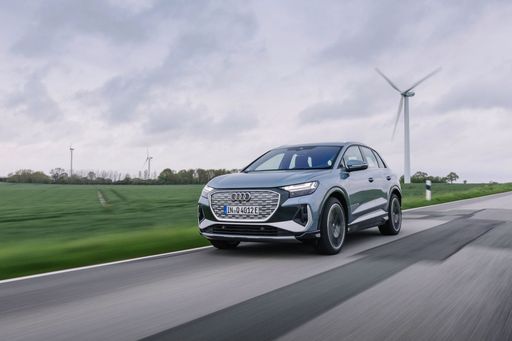
Audi Q4 e-tron
Audi Q4 e-tron
The Audi Q4 e-tron seamlessly combines sustainable driving with premium comfort, embodying the brand's commitment to electric mobility. Its sleek design and spacious interior create an inviting atmosphere, perfect for those who appreciate both style and practicality. With a focus on innovative technology, the Q4 e-tron offers a dynamic driving experience that appeals to modern drivers seeking eco-friendly alternatives.
details @ audi-mediacenter.com
@ audi-mediacenter.com
 @ audi-mediacenter.com
@ audi-mediacenter.com
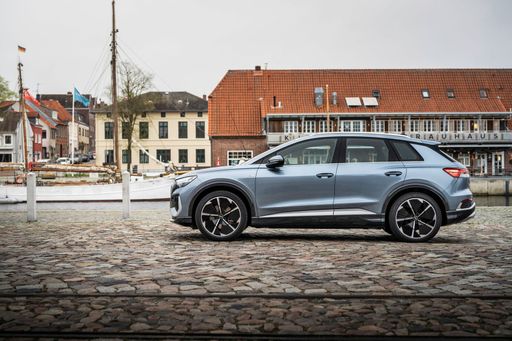 @ audi-mediacenter.com
@ audi-mediacenter.com
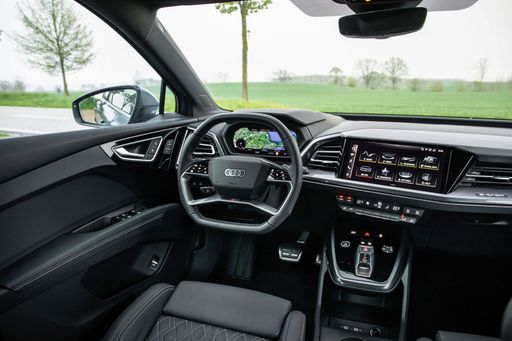 @ audi-mediacenter.com
@ audi-mediacenter.com
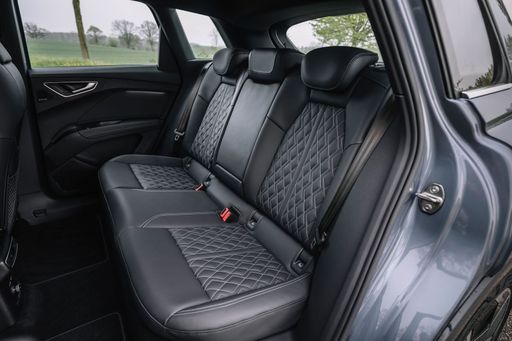 @ audi-mediacenter.com
@ audi-mediacenter.com
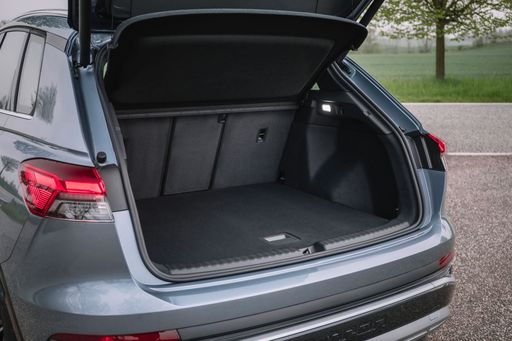 @ audi-mediacenter.com
@ audi-mediacenter.com
BYD Seal U
The BYD Seal U presents itself as a sophisticated addition to the electric vehicle market, blending sleek design with cutting-edge technology. Its modern aesthetic is complemented by a spacious interior, offering both comfort and functionality for drivers and passengers alike. With advanced features prioritising sustainability and performance, it represents a bold step forward in eco-friendly motoring.
details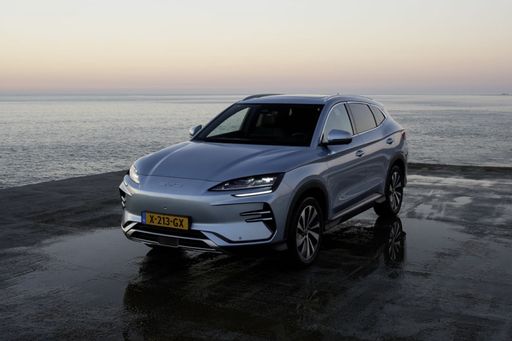 @ press.bydauto.be
@ press.bydauto.be
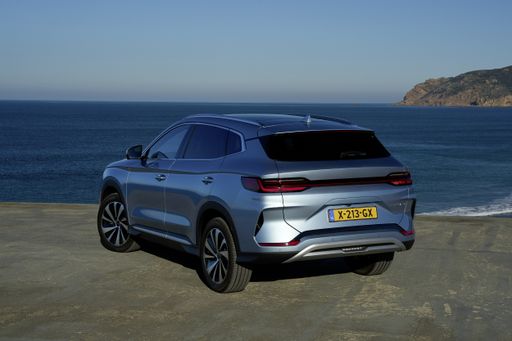 @ press.bydauto.be
@ press.bydauto.be
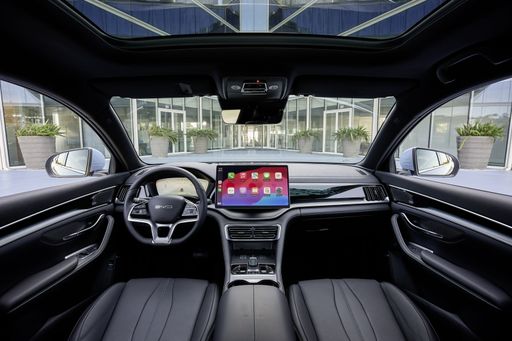 @ press.bydauto.be
@ press.bydauto.be

|

|
|
|
|
Costs and Consumption |
|
|---|---|
|
Price
39600 - 58800 £
|
Price
34300 - 39800 £
|
|
Consumption L/100km
-
|
Consumption L/100km
0.4 - 1.2 L
|
|
Consumption kWh/100km
15.9 - 17.4 kWh
|
Consumption kWh/100km
19.9 - 20.5 kWh
|
|
Electric Range
406 - 554 km
|
Electric Range
70 - 500 km
|
|
Battery Capacity
59 - 77 kWh
|
Battery Capacity
-
|
|
co2
0 g/km
|
co2
0 - 26 g/km
|
|
Fuel tank capacity
-
|
Fuel tank capacity
60 L
|
Dimensions and Body |
|
|---|---|
|
Body Type
SUV
|
Body Type
SUV
|
|
Seats
5
|
Seats
5
|
|
Doors
5
|
Doors
5
|
|
Curb weight
2035 - 2235 kg
|
Curb weight
1940 - 2147 kg
|
|
Trunk capacity
520 - 535 L
|
Trunk capacity
425 - 552 L
|
|
Length
4588 mm
|
Length
4775 - 4785 mm
|
|
Width
1865 mm
|
Width
1890 mm
|
|
Height
1614 - 1632 mm
|
Height
1668 - 1670 mm
|
|
Max trunk capacity
1460 - 1490 L
|
Max trunk capacity
1440 - 1465 L
|
|
Payload
505 - 515 kg
|
Payload
410 kg
|
Engine and Performance |
|
|---|---|
|
Engine Type
Electric
|
Engine Type
Plugin Hybrid, Electric
|
|
Transmission
Automatic
|
Transmission
Automatic
|
|
Transmission Detail
Reduction Gearbox
|
Transmission Detail
CVT, Reduction Gearbox
|
|
Drive Type
Rear-Wheel Drive, All-Wheel Drive
|
Drive Type
Front-Wheel Drive, All-Wheel Drive
|
|
Power HP
204 - 340 HP
|
Power HP
218 - 324 HP
|
|
Acceleration 0-100km/h
5.4 - 8.1 s
|
Acceleration 0-100km/h
5.9 - 9.6 s
|
|
Max Speed
160 - 180 km/h
|
Max Speed
170 - 180 km/h
|
|
Torque
310 - 679 Nm
|
Torque
300 - 550 Nm
|
|
Number of Cylinders
-
|
Number of Cylinders
4
|
|
Power kW
150 - 250 kW
|
Power kW
160 - 238 kW
|
|
Engine capacity
-
|
Engine capacity
1497 - 1498 cm3
|
General |
|
|---|---|
|
Model Year
2023 - 2025
|
Model Year
2024
|
|
CO2 Efficiency Class
A
|
CO2 Efficiency Class
B, A
|
|
Brand
Audi
|
Brand
BYD
|
What drive types are available for the Audi Q4 e-tron?
The Audi Q4 e-tron is offered with Rear-Wheel Drive or All-Wheel Drive.
The prices and data displayed are estimates based on German list prices and may vary by country. This information is not legally binding.
